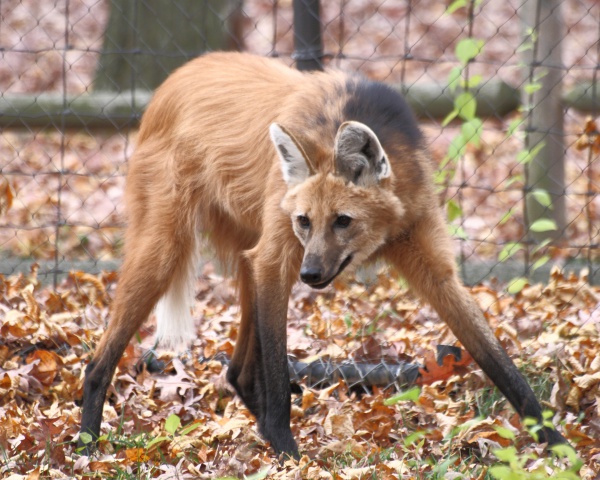Facts About Maned wolf
The maned wolf, the largest canid in South America, is a fascinating and unique animal that stands apart from both foxes and wolves. It belongs to its own genus, Chrysocyon, and possesses distinctive traits that render it especially remarkable.
This solitary creature is most active during dawn and dusk, making it crepuscular. It is also omnivorous, consuming both plants and animals, and plays a crucial role in seed dispersal across its habitat. The maned wolf communicates using scent marks and loud calls, which assist in navigating its environment and interacting with other members of its species.
You can find the maned wolf in open habitats throughout South America, particularly in Brazil, Paraguay, Argentina, Bolivia, and Peru. Despite having some fox-like features, it is not closely related to foxes. Instead, it has a distinct evolutionary background and is the only large South American canid that survived the late Pleistocene extinction. The maned wolf’s closest living relative is the bush dog.
First described in 1815, the maned wolf is easily recognizable by its long legs, reddish coat, and black mane. Its footprints, skull features, and genetic composition are also unique. As an omnivore, its diet comprises a mix of animal prey and plant matter, such as the wolf apple. The maned wolf engages in symbiotic relationships, aiding in seed dispersal and contributing to the health of its ecosystem.
The species has an intricate breeding cycle, hunting behaviors, and interactions with humans and other animals. Unfortunately, the maned wolf is near-threatened, with populations declining due to habitat loss and human activities. Conservation efforts are underway to protect this remarkable species.
The maned wolf also holds cultural significance in various societies, with numerous beliefs and myths surrounding its body parts and attributes.

 Brazil
Brazil